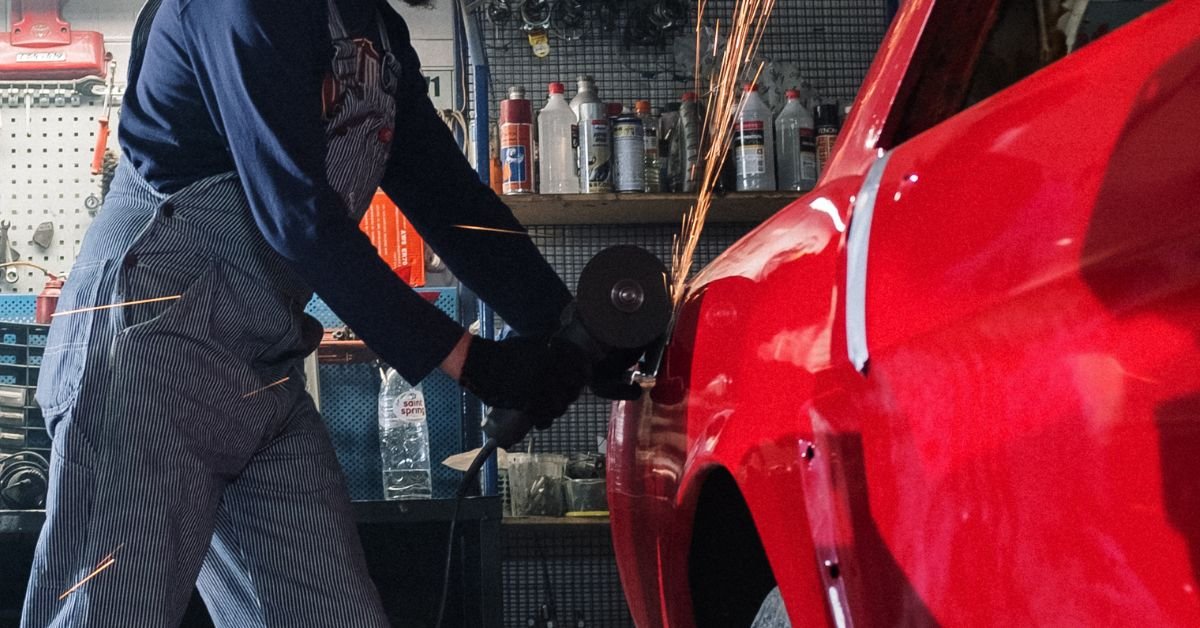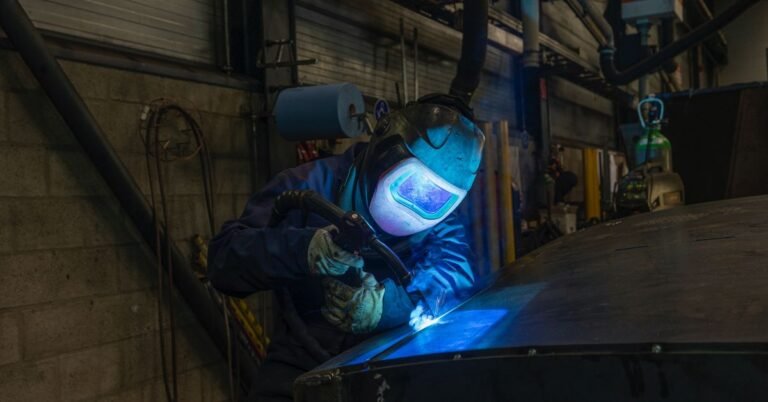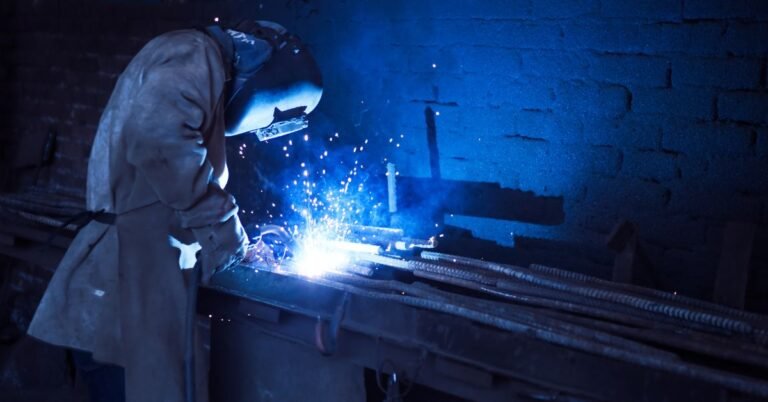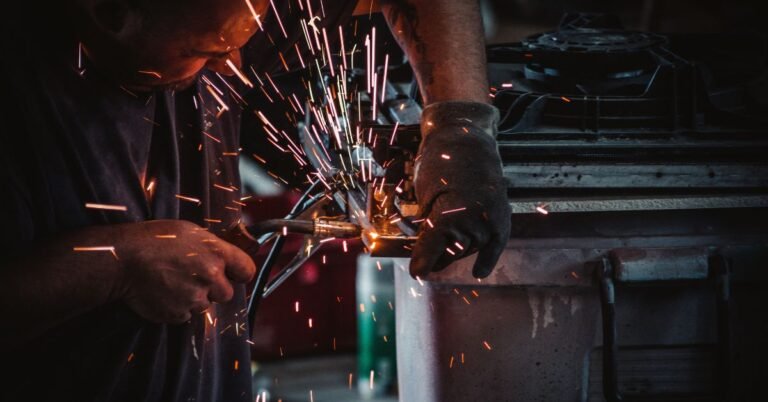Essential Tips When Welding on a Car
Welding on a car can be a daunting task, whether you’re repairing rusted panels, modifying the chassis, or customizing your vehicle. Proper welding not only ensures safety but also plays a crucial role in the longevity and structural integrity of your car. In this blog post, we’ll explore some essential tips to help you achieve successful welds on your car and make your automotive projects a breeze.
- Safety First
Before you even strike an arc, prioritize safety. Ensure you have the right safety gear, including a welding helmet with a clear, high-quality lens, welding gloves, a flame-resistant jacket, and steel-toed boots. Make sure your workspace is well-ventilated to prevent inhaling harmful fumes, and keep a fire extinguisher nearby in case of emergencies.
- Choose the Right Welding Method
Different welding methods are suitable for various car welding applications. MIG (Metal Inert Gas) welding is commonly used for automotive projects due to its versatility and ease of use. TIG (Tungsten Inert Gas) welding offers precise control for thinner metals and intricate joints. Stick welding is best suited for heavier automotive components. Select the method that matches your project’s requirements.
- Prepare the Surface
Proper surface preparation is crucial for successful welding. Remove any rust, paint, or contaminants from the area you plan to weld. A clean, bare metal surface promotes better adhesion and reduces the risk of weak welds. You may need a wire brush or grinder to achieve the necessary surface cleanliness.
- Use the Right Filler Material
Choosing the correct filler material is essential to ensure the strength and durability of your welds. Consult your car’s manufacturer specifications or seek advice from a welding professional to select the appropriate filler metal for your specific project. Using the wrong filler can compromise the integrity of your welds.
- Practice Proper Welding Technique
Welding technique plays a significant role in the quality of your welds. Maintain a steady hand and a consistent travel speed. Ensure your welds are clean and free from defects like porosity, undercutting, and incomplete penetration. Practice on scrap metal before working on your car to hone your skills.
- Manage Heat and Control Distortion
Excessive heat can lead to warping and distortion of car panels and structures. Use tack welds to hold parts in place and distribute heat evenly. Avoid overheating the metal by welding in short bursts and allowing it to cool between passes. Employ heat-sinking techniques like using copper blocks to draw heat away from sensitive areas.
- Weld in a Controlled Environment
Whenever possible, weld indoors or in a sheltered area to minimize the impact of wind, humidity, and temperature variations on your welds. External factors can affect the quality of your welds, so create a controlled environment to ensure consistent results.
- Inspect and Test Your Welds
After completing your welding project, thoroughly inspect your welds for any defects. Use non-destructive testing methods like dye penetrant or magnetic particle testing to identify hidden issues. Ensure that your welds meet safety and structural standards before putting your car back on the road.
Conclusion
Welding on a car requires careful planning, skill, and attention to detail. By following these essential tips, you can ensure that your automotive welding projects are not only successful but also safe and reliable. Remember that practice makes perfect, so don’t hesitate to seek guidance and continually improve your welding skills. With the right approach and dedication, you can achieve professional-quality welds on your car and enjoy the satisfaction of a job well done.







